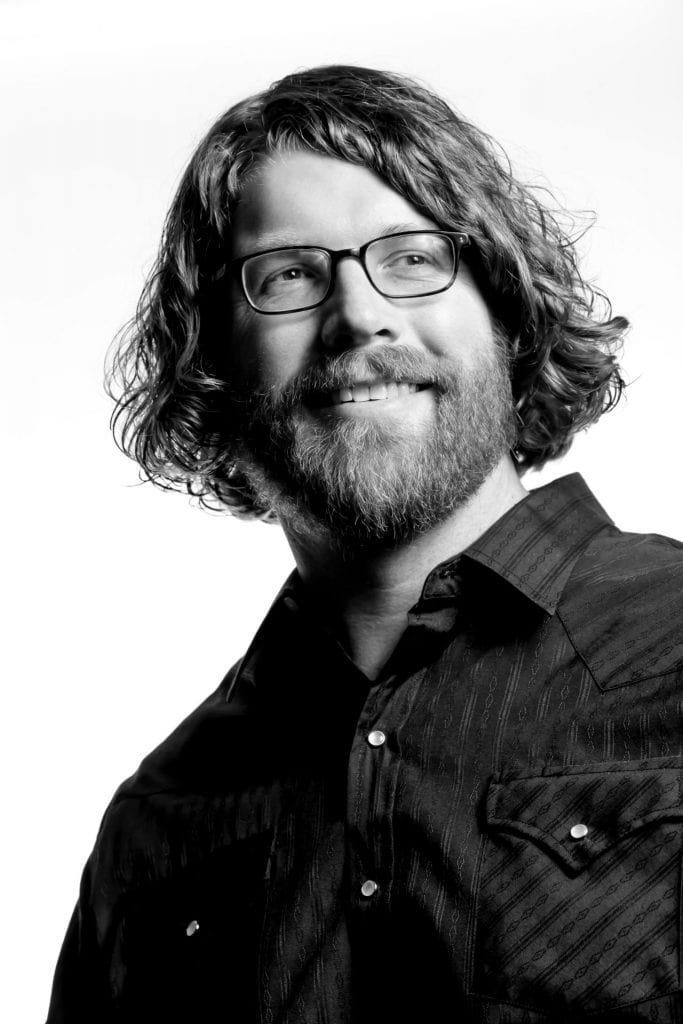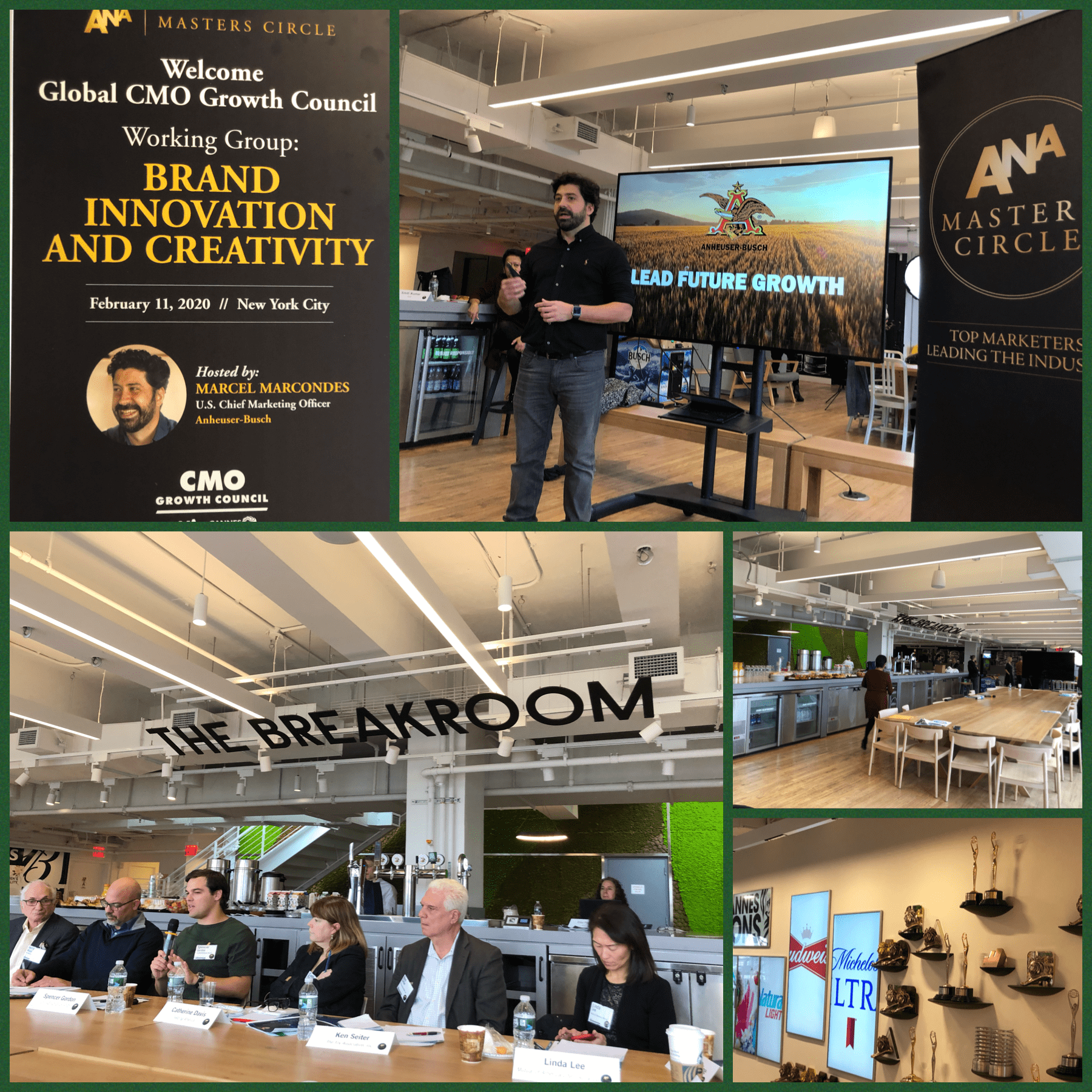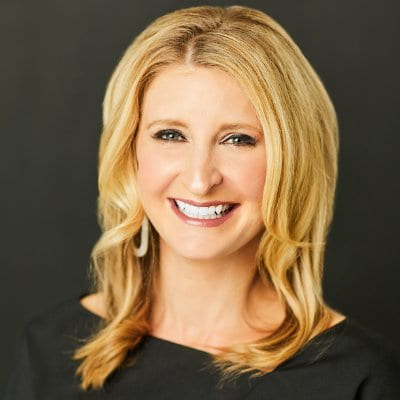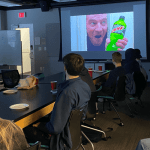 Temerlin Advertising Institute’s Senior Lecturer Mark Allen shares his journey from high school art class to advertising professor on the We Are Next podcast. Allen found his love for advertising early on, established RedCape consultancy working with clients such as Martha Stewart, and currently feeds his passion for teaching wildly talented students at SMU.
Temerlin Advertising Institute’s Senior Lecturer Mark Allen shares his journey from high school art class to advertising professor on the We Are Next podcast. Allen found his love for advertising early on, established RedCape consultancy working with clients such as Martha Stewart, and currently feeds his passion for teaching wildly talented students at SMU.
In fact, one of Allen’s former wildly talented students, Elizabeth Entenman (B.A. Advertising 2010), introduced him to We Are Next founder Natalie Kim for the sit-down and sharing of advice learned over his varied career in the field of advertising. We Are Next is a resource for students and junior talent entering the advertising and marketing industry. This platform offers mentorships, a robust jobs board, and a variety of career advice-related content.
An interest in art, followed by a design course in high school, led Allen to major in drawing & painting and communication design and minor in advertising while in college. Post-graduation, Allen recounts leaving his creative work with recruiters at many notable agencies. He once found a note from an agency principal inside his book. Allen says, “I was so excited to see the note, but it read Nice book. Can’t tell if you’re an art director or copywriter.”
He fondly retells this story to students as a critical moment in the progression of a career in advertising to help prepare them for the ups and downs that come along with building a reputation in the field. In the podcast, Allen recommends making creative portfolios stand out to potential employers by:
-
- Showing your best work.
- Making sure big ideas are supported by great craft.
- Showing a sense of restraint, whether it is in art direction, writing or the selection of products and clients. It shows a sense of maturity.
- Developing a good sense of taste over time by looking at lots of great work in Communication Arts annuals and The One Show, as well as Cannes and Clio award winners, to start. It is one of the most valuable things a student can do.
- Showcasing quality work over quantity. Recruiters usually skim portfolios, so make sure to highlight your strengths and capabilities. Also, include class or spec work that you are excited about, as it gives employers a sense for the types of clients that would be a good fit for your skills.
- Identifying and articulating problems, not only in a brief, but in brainstorming and day-to-day interactions. It helps to refine your craft and identifies you as somebody who can help other people, setting you up for director-level positions.
In advising students, Allen adds, “Look at ads and ask yourself questions such as, what is the problem? How did they solve it? When you see good work, identify what is compelling and deconstruct it a little bit. What makes it great? How and why did they make that?”
Listen to the full episode of the We Are Next Podcast.
See some of the creative awards won by SMU Advertising students at the 2020 National Student Show and the 2020 AAF Dallas awards show.










